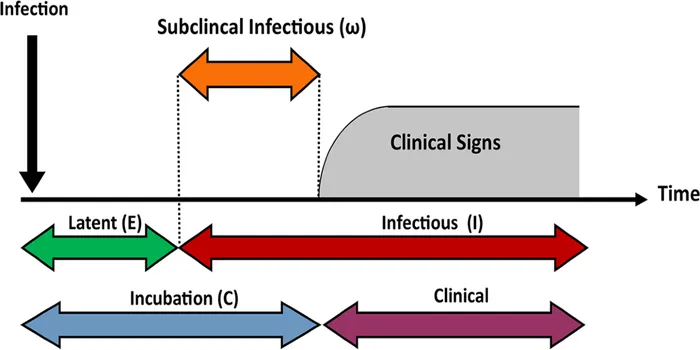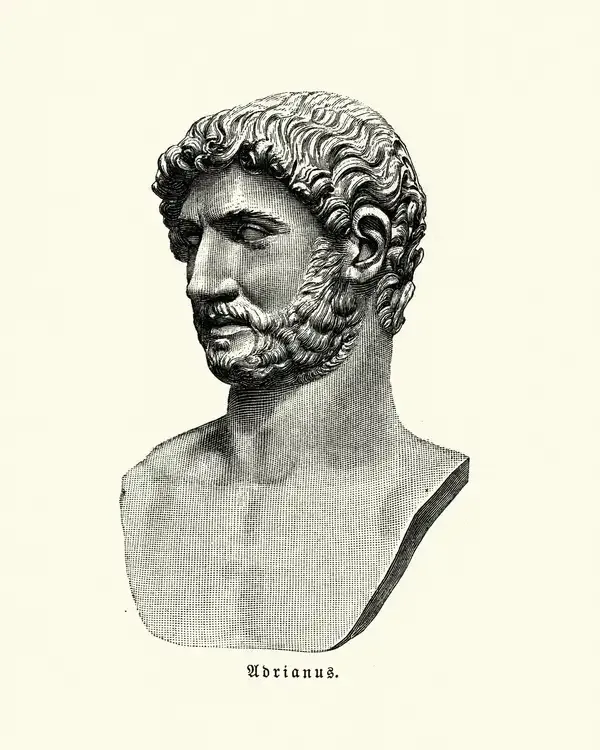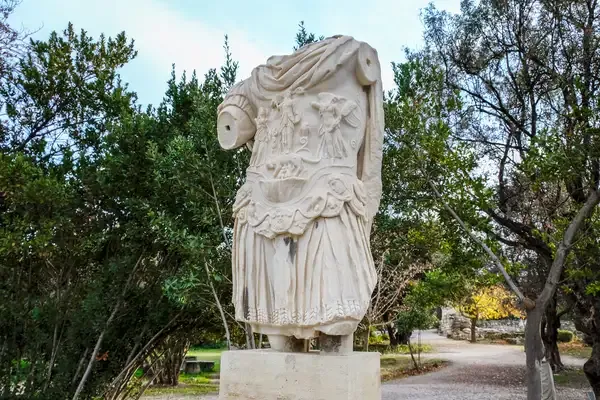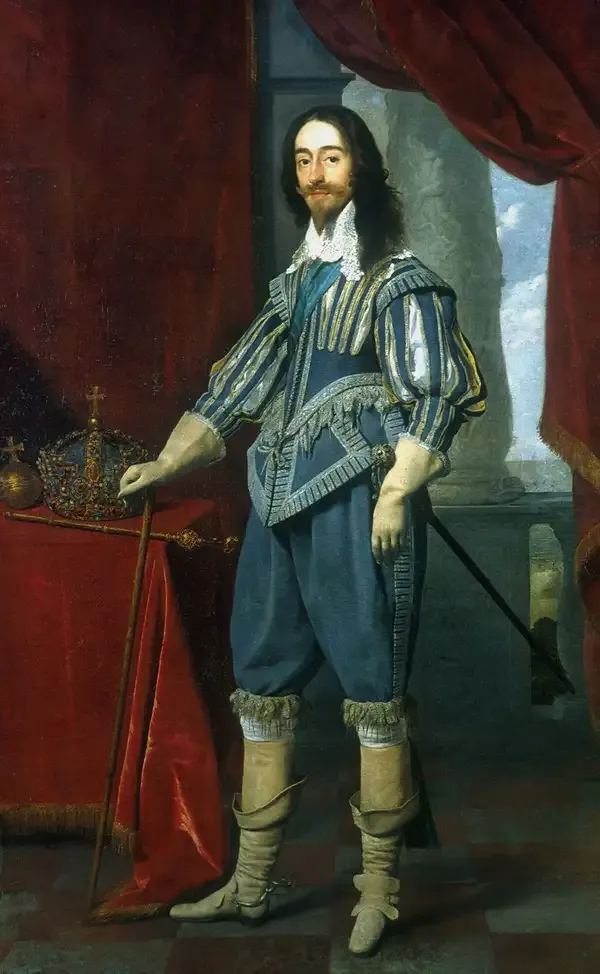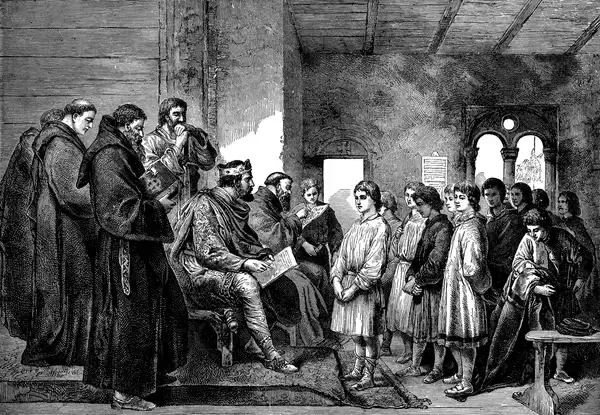What was Hadrian’s architectural legacy?
Hadrian’s architectural legacy is marked by his innovative and grand constructions that blended Roman and Greek influences. He commissioned iconic structures like the Pantheon in Rome, renowned for its massive dome and oculus. Hadrian also built his villa at Tivoli, a sprawling complex showcasing diverse architectural styles and innovations. His construction of Hadrian's Wall in Britain demonstrated his commitment to consolidating the Roman Empire's borders. These contributions reflect Hadrian's vision of architectural splendor and functional design.
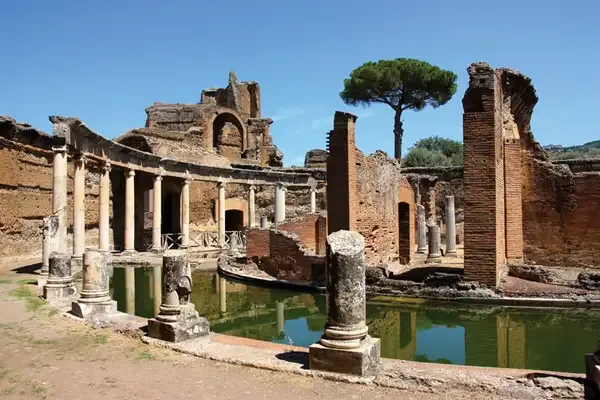
Hadrian’s Architectural Innovations
Emperor Hadrian, who ruled from 117 to 138 AD, is celebrated not only for his military accomplishments but also for his profound influence on architecture. His extensive travels throughout the Roman Empire provided him with the inspiration to create structures that represented the pinnacle of Roman architectural innovation. Hadrian’s architectural legacy includes a variety of monumental buildings and public works that showcased the use of advanced engineering techniques and aesthetic principles. Here are some key aspects of Hadrian’s architectural contributions:
1. The Pantheon
One of Hadrian’s most famous architectural achievements is the Pantheon in Rome. Built around 126 AD, this temple dedicated to the gods of Ancient Rome is renowned for its massive dome, which remains the world's largest unreinforced concrete dome to this day. The Pantheon’s oculus, a circular opening at the top of the dome, allows natural light to illuminate the interior and serves as a symbolic connection between the temple and the heavens. Its innovative design has influenced countless buildings throughout history, making it a cornerstone of Roman architecture.
2. Hadrian’s Villa
Located in Tivoli, Hadrian’s Villa (Villa Adriana) is a sprawling complex of palaces and gardens that showcases Hadrian’s appreciation for Greek culture and architecture. Constructed between 118 and 134 AD, the villa includes numerous buildings that mimic the styles of various regions within the empire, such as the Canopus, a large reflecting pool inspired by the Nile. The site represents a fusion of various architectural styles, illustrating Hadrian’s desire to bring the beauty of the empire to his personal retreat.
3. The Walls of Hadrian
Another significant aspect of Hadrian’s architectural legacy is the Walls of Hadrian, built to protect the northern frontier of the Roman Empire in Britain. Constructed around 122 AD, these walls stretched approximately 73 miles across the northern part of England, demonstrating Hadrian’s commitment to securing the empire’s borders. The wall not only served a defensive purpose but also functioned as a symbol of Roman power and civilization in the region.
4. The Temple of Venus and Roma
The Temple of Venus and Roma is another notable structure commissioned by Hadrian. Completed around 135 AD, this temple was dedicated to the goddesses Venus and Roma, symbolizing the strength and unity of the Roman Empire. The temple’s grand design featured a large central hall with two separate sanctuaries, showcasing Hadrian’s architectural innovation and his reverence for the empire’s deities.
5. Architectural Techniques and Innovations
Hadrian’s architectural legacy is also characterized by his use of advanced engineering techniques that pushed the boundaries of construction during his time. He was known for employing concrete extensively, allowing for greater flexibility in design and the creation of complex structures. Additionally, Hadrian utilized the arch and vault in innovative ways, enhancing the stability and durability of his buildings.
6. Influence on Later Architecture
The impact of Hadrian’s architectural innovations can be seen in the works of later architects throughout history. The principles of symmetry, proportion, and harmony that he embraced laid the groundwork for the Renaissance and beyond. The Pantheon and Hadrian’s Villa, in particular, have inspired countless architects, including those of the Neoclassical movement, which sought to revive the grandeur of ancient Roman design.
7. Hadrian’s Legacy in Modern Times
Today, the legacy of Hadrian’s architectural achievements continues to be celebrated. The Pantheon remains a significant tourist attraction and a symbol of ancient engineering prowess. Hadrian’s Villa has been designated a UNESCO World Heritage site, drawing visitors interested in the history of Roman architecture. Furthermore, the principles established during Hadrian’s reign are still taught in architectural schools, demonstrating the lasting influence of his innovations.
Conclusion
Hadrian’s architectural legacy is a testament to his vision and understanding of the built environment. From the iconic Pantheon to the expansive Hadrian’s Villa and the protective walls in Britain, his contributions reflect a profound appreciation for art, engineering, and the integration of cultural influences. As we explore the remnants of his work, it is clear that Hadrian not only shaped the architectural landscape of his time but also laid the foundation for future generations to build upon.
| Structure | Location | Significance |
|---|---|---|
| Pantheon | Rome | Largest unreinforced concrete dome |
| Hadrian’s Villa | Tivoli | Fusion of architectural styles |
| Walls of Hadrian | Britain | Defense and symbol of power |
| Temple of Venus and Roma | Rome | Dedication to Roman deities |


